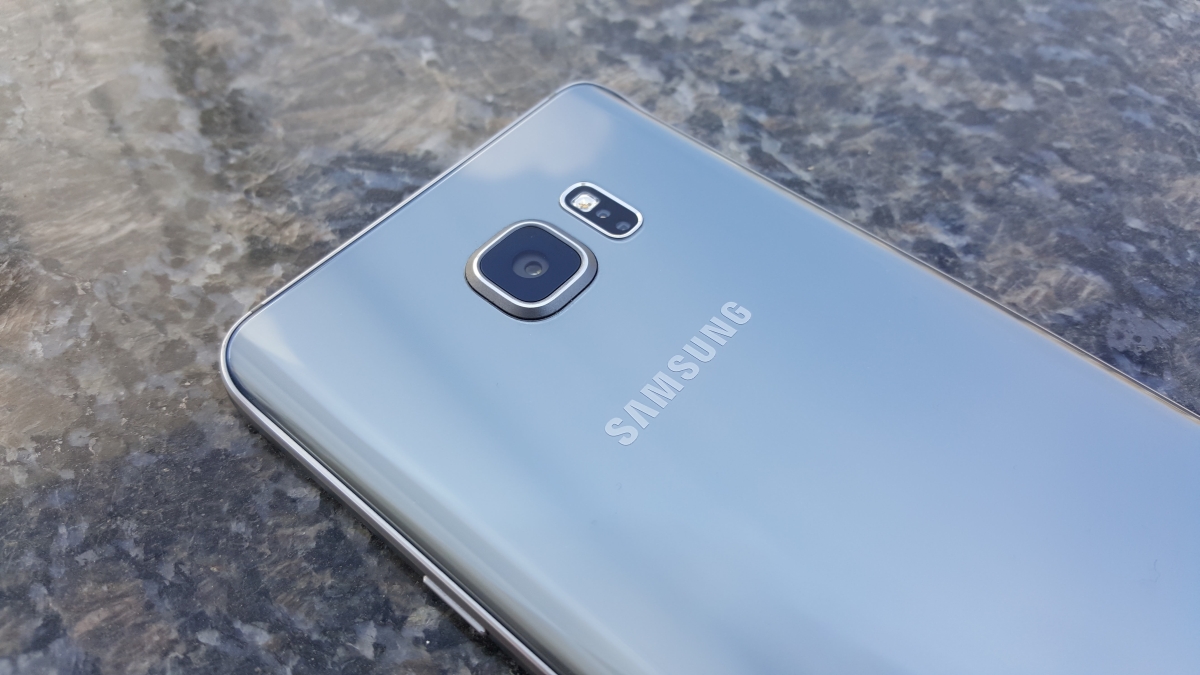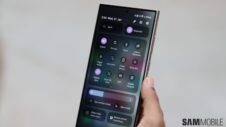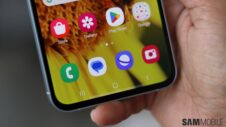Google’s Nexus 6P is out and about now and, as usual, customers note the best of the smartphone and the worst of it. The Nexus 6P is the best camera Google’s ever produced for a Nexus smartphone, the display is Samsung-made, Samsung-grade, and stunning. For some tech-savvy customers, however, Google’s decision to forego Qi wireless charging in the Nexus 6P (with Huawei) is a huge mistake for an Android flagship in 2015. If Google deems its Nexus 6P is an Android flagship (and Google does, as seen by the $499 minimum price tag of the 32GB model as opposed to the $379.99 starting price tag for the 16GB Nexus 5X), and wireless charging is one of the “next big thing” trends in the smartphone space, then Google should pack the best of current technology into the device.
I think Google does that with USB Type-C being an adopted trend for high-end devices, along with stellar camera performance, among other things. Yet and still, there is no wireless charging onboard, which looks to outperform USB Type-C charging in just a few years. The absence of wireless charging warrants a response from Google. Google gives a three-pronged response to the lack of wireless charging, a response that deserves examination.
First, Google claims that its decision to leave wireless charging out of the Nexus 6P had something to do with USB micro B versus USB Type-C charging: “We added Qi wireless charging starting with the N4 because plugging in USB micro B was such a hassle! With this year’s Nexii, we support USB Type-C which has a reversible connector so there’s no more guessing.” It’s true that USB micro B charging doesn’t involve reversible cables, but if reversible cables are a benefit for USB Type-C, it isn’t that much of a step up from micro USB charging. After all, why worry about reversible cables when you can resort to wireless charging and need not connect your smartphone to a wall outlet from the start?
Next, Google says that another benefit of USB Type-C in the place of wireless charging is that the device charges quickly: “It charges incredibly swiftly: 1% to 100% in 97 mins on the 6P for example.” If 97 minutes is incredibly swift for a 3,450mAh battery, however, then the Nexus 6P isn’t all that special; Samsung’s own Galaxy S6 Active charges in 97 minutes, and its battery size is 3,500mAh, just 50mAh larger than the 3,450mAh Nexus 6P battery. Additionally, the Galaxy Note 5’s 3,000mAh battery charges in 81 minutes, and the Note 5’s fast wireless charging will let you charge your device in 120 minutes max, just 20 minutes slower than USB Type-C charging with the Nexus 6P.
The Galaxy S6 Active only has micro USB charging (not USB Type-C), and it still charges as fast as the Nexus 6P does with a slightly bigger battery. If the Nexus 6P is showcasing the benefits of USB Type-C, then USB Type-C needs some revision. Samsung’s fast charging capabilities, even with USB 2.0, still match those of Google’s Nexus 6P under USB Type-C, so the benefit isn’t as apparent as Google would make it seem.
The last reason for USB Type-C implementation in the Nexus 6P pertains to thinness and size: “Meanwhile, wireless charging adds z (thickness).” Unfortunately, this line of argumentation doesn’t put the Nexus 6P in a better light, seeing that the the Nexus 6P is slightly thinner than the Note 5 (the Note 5: 153.2 x 76.1 x 7.6mm; Nexus 6P: 159.4 x 77.8 x 7.3mm) and the Note 5 still features in-built wireless charging. The Nexus 6P weighs 178 grams, while the Galaxy Note 5 weighs 171 grams, and yet, Samsung’s lighter device still implemented wireless charging. The Galaxy S6 Active weighs only 149.969 grams (5.29 ounces) according to AT&T, which is still 28 or so grams lighter than the Nexus 6P; it too, has in-built wireless charging. Google’s reasoning would be validated here if there were significant size differences between the Nexus 6P and the Galaxy Note 5, but the majority of the dimension differences here lie in Samsung’s favor.
While this is Google’s three-pronged response to the Nexus 6P’s lack of wireless charging, there is one other significant response to the issue at hand: Google included wireless charging in the Nexus 4, Nexus 5, and Nexus 6, as the company said in its above statement. What explains Google’s decision to not include it this year? Sure, the Nexus 6P’s 3,450mAh battery is the largest the search engine giant has ever placed in a smartphone; if Google were arguing battery size here, I would understand though still disagree. But, to not include it for reasons of USB Type-C and thinness? Google may have its own reasons within the company for holding back wireless charging in the Nexus 6P, but the ones it’s given to customers don’t add up.






